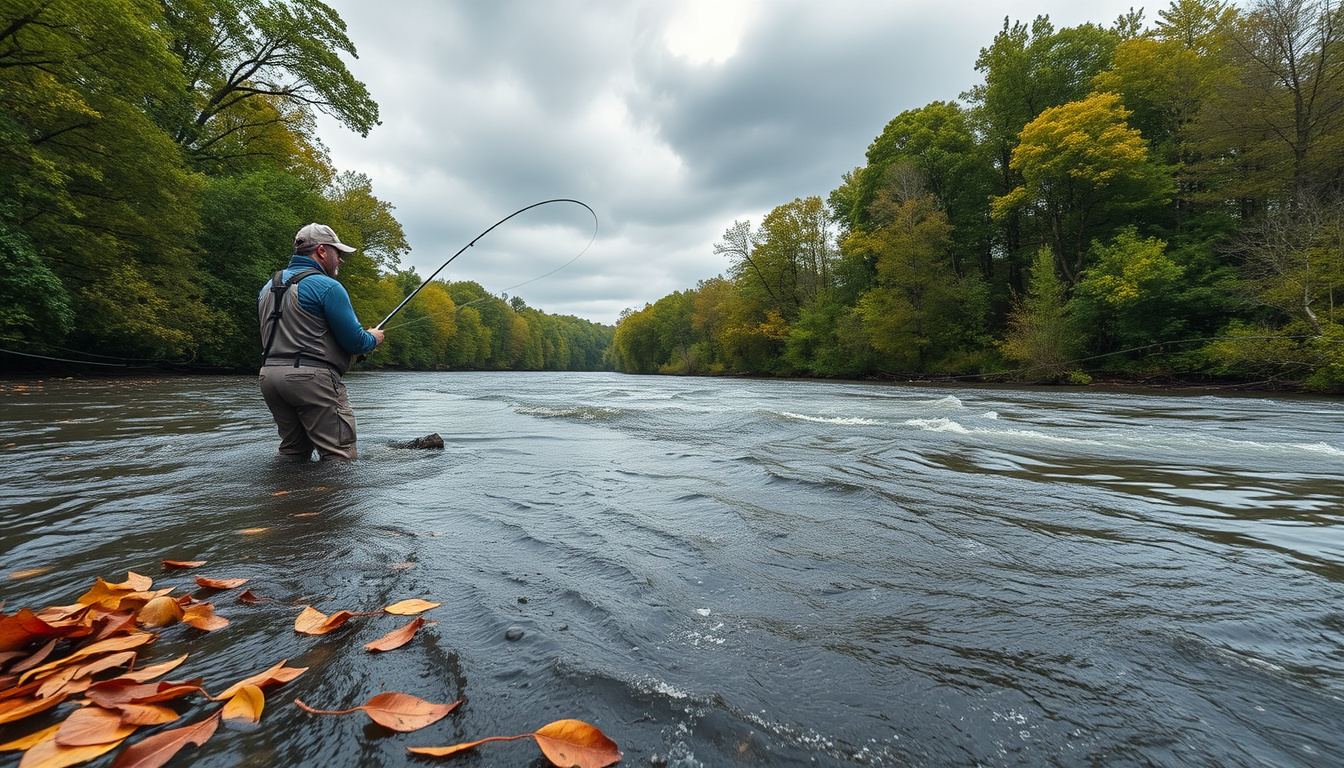
Hurricane Helene’s Impact on Trout Fishing in North Carolina: What Anglers Need to Know for 2023
On March 23, 2025 by Andy FordIn the heart of North Carolina, the aftermath of Hurricane Helene has left a profound mark on the landscapes that many anglers hold dear, particularly those seeking the thrill of trout fishing.
As we look to the fishing season of 2023, it is essential for both avid anglers and newcomers to understand how the storm has reshaped the trout fishing experience, particularly in western regions known for their vibrant ecosystems and abundant trout populations.
The significant economic contribution of trout fishing—$
1.4 billion in 2022—highlights the importance of swift recovery efforts for both local communities and the fishing industry.
This article will explore the impact of Hurricane Helene on trout habitats, provide guidelines for anglers, and outline adjustments necessary for a successful fishing season in light of recent challenges.
The Complete Guide to Minnesota Walleye Fishing

Key Takeaways
- Hurricane Helene severely damaged trout fishing habitats in western North Carolina.
- The trout fishing industry significantly contributes to the state’s economy, highlighting the importance of recovery efforts.
- Anglers should prepare for limited access to popular fishing spots and restricted trout stocking in
2023.
The Aftermath of Hurricane Helene on Trout Habitats
Hurricane Helene wreaked havoc on the pristine trout habitats in western North Carolina, a region renowned for its rich biodiversity and vibrant fishing culture.
The storm’s aftermath has left both native and stocked brook trout populations in distress, prompting urgent concern among conservationists and anglers alike.
In 2022, the trout fishing sector contributed a staggering $1.4 billion to the state’s economy, underscoring the significance of a swift recovery.
The North Carolina Wildlife Resources Commission (NCWRC) has responded by announcing the reopening of select hatcheries this summer, although trout stocking will be restricted as they continue to assess the impact on rivers and streams.
Anglers are being cautioned that many popular fishing spots may currently be inaccessible due to safety evaluations and repair efforts.
The community is encouraged to stay updated on accessibility and conditions, ensuring that as recovery progresses, the local fishing industry can rebound, preserving both ecological health and economic vitality in the region.
Guidelines and Adjustments for Anglers in 2023
As the fishing community braces for this significant transition in 2023, anglers are urged to adapt their strategies and remain flexible.
First, it’s essential to stay informed about the latest updates from the North Carolina Wildlife Resources Commission regarding access to fishing waters.
Many beloved locations may be closed or have limited accessibility while recovery efforts take place.
For those eager to cast their lines, alternative fishing sites that are less impacted by Hurricane Helene should be explored, as these can provide opportunities to engage in the sport while helping local ecosystems rebound.
Additionally, anglers may need to adjust their gear and techniques, focusing on more resilient fishing tactics that can accommodate the changing conditions in rivers and streams.
By staying vigilant about ecological changes and being considerate of the environment, anglers can play a crucial role in the recovery process, ensuring that the joy of trout fishing in North Carolina is preserved for generations to come.
Archives
Calendar
| S | M | T | W | T | F | S |
|---|---|---|---|---|---|---|
| 1 | 2 | |||||
| 3 | 4 | 5 | 6 | 7 | 8 | 9 |
| 10 | 11 | 12 | 13 | 14 | 15 | 16 |
| 17 | 18 | 19 | 20 | 21 | 22 | 23 |
| 24 | 25 | 26 | 27 | 28 | 29 | 30 |
| 31 | ||||||
